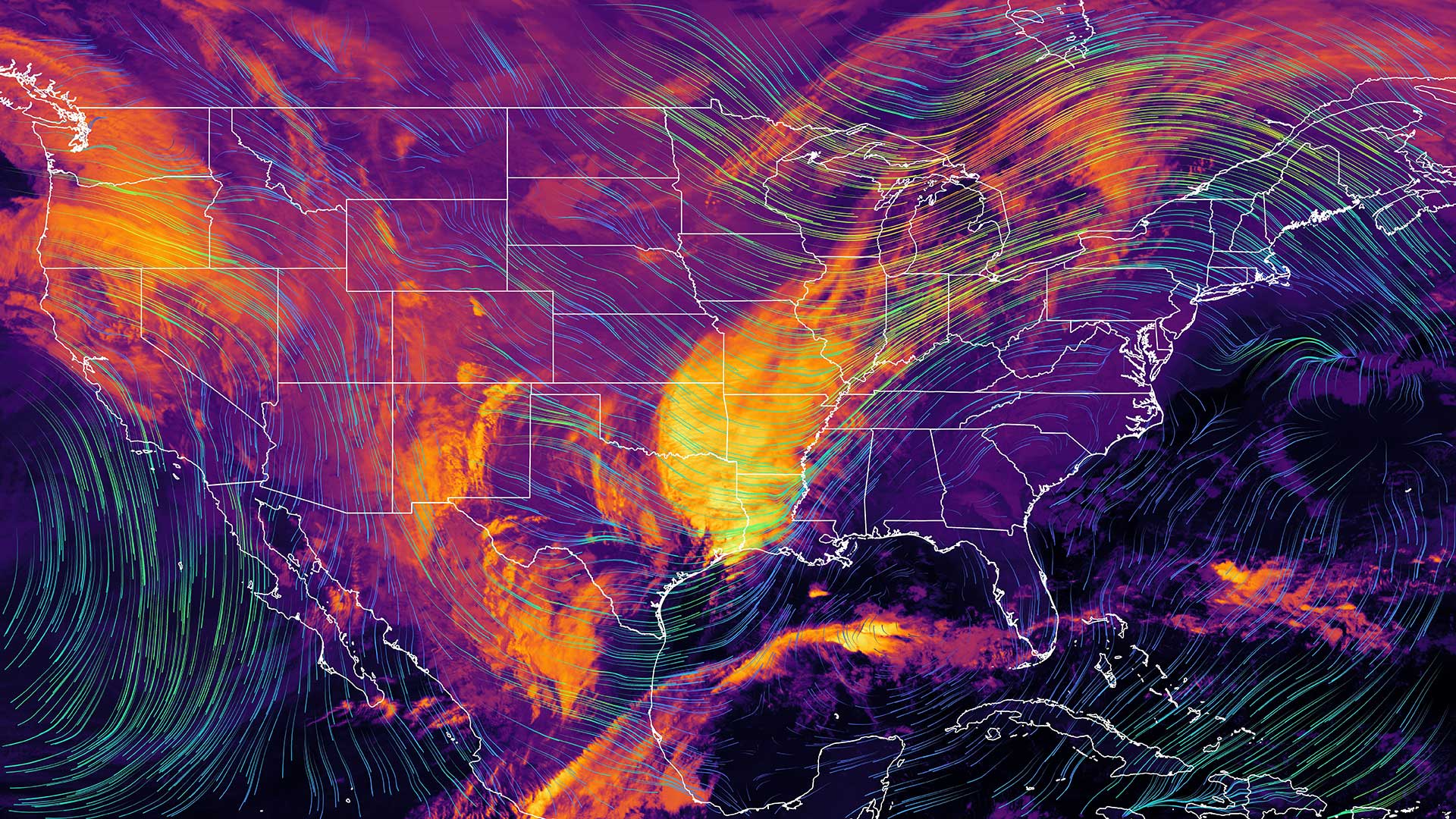
The Federal Reserve Board has engaged six of the biggest U.S. banks in a pilot Climate Scenario Analysis (CSA) to assess and “advance the ability of supervisors and banks to analyze and manage emerging climate-related financial risks.”
However, Smith’s Clifford Rossi warns that these institutions – Bank of America, Goldman Sachs, JPMorgan Chase, Morgan Stanley, Wells Fargo, and Citigroup – are diverting substantial resources to an examination that could be more robust.
The Fed describes its analysis as “exploratory in nature” and not (like its bank stress tests) measuring whether the banks are sufficiently capitalized for stressful events.
But Rossi, professor of the practice and executive-in-residence for the Robert H. Smith School of Business and Center for Financial Policy at the University of Maryland, says the CSA’s underlying socioeconomic models are dated relative to the physics of climate change modeling and will “provide regulators with a false sense of security that [the CSA] results are credible and at worst may lead to suboptimal policy and investment decisions over time.”
In a recent BankThink commentary, Rossi, with UMD Adjunct Research Professor Robert Brammer and Conning Director of Risk Solutions Matthew Lightwood, specified “climate damage function” (a simplified expression of economic damages – like the change in GDP) as a flawed CSA input that “uses naïve relationships depending only on temperature change and show[s] smooth growth with no probability of sudden changes in the climate.”
The Fed’s assessment also significantly excludes the possibility of ‘tipping point events’ like a partial but significant collapse of the West Antarctic Ice Sheet or a sudden release of massive amounts of carbon dioxide and methane from thawing permafrost across Arctic regions.
Such flaws, Rossi says, are accounted for in his recent, related work with Brammer and Lightwood that further gives insights for a more robust, simulation-based approach comparable to that of the Fed’s CSA. They simulate multiple possible outcomes from damage functions rather than relying on a single trajectory. This creates asset value distributions for different asset classes.
The coauthors further explain:
This type of analysis can answer questions such as what is the 95th percentile worst market value in my portfolio from climate change? For many asset types, we can compare portfolio values over different time horizons under a multitude of climate scenarios. We can then compare differences in baseline (current state) market value to any climate scenario at any percentile of the value distribution. Since these results are based on thousands of climate scenarios it makes the results more robust and, importantly, sharply reduces dependence on the accuracy of a single climate scenario.
Ultimately, such simulation-based approach for climate scenario analysis would improve the current state of climate risk management, says Rossi, who will teach courses for a forthcoming climate finance track for students in Smith’s Master of Finance and Master of Quantitative Finance degree programs. “This approach can leverage readily available risk management and capital requirements methodologies and consequently eliminate reliance on poorly constructed damage functions.”
Media Contact
Greg Muraski
Media Relations Manager
301-405-5283
301-892-0973 Mobile
gmuraski@umd.edu
Get Smith Brain Trust Delivered To Your Inbox Every Week
Business moves fast in the 21st century. Stay one step ahead with bite-sized business insights from the Smith School's world-class faculty.